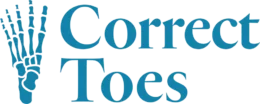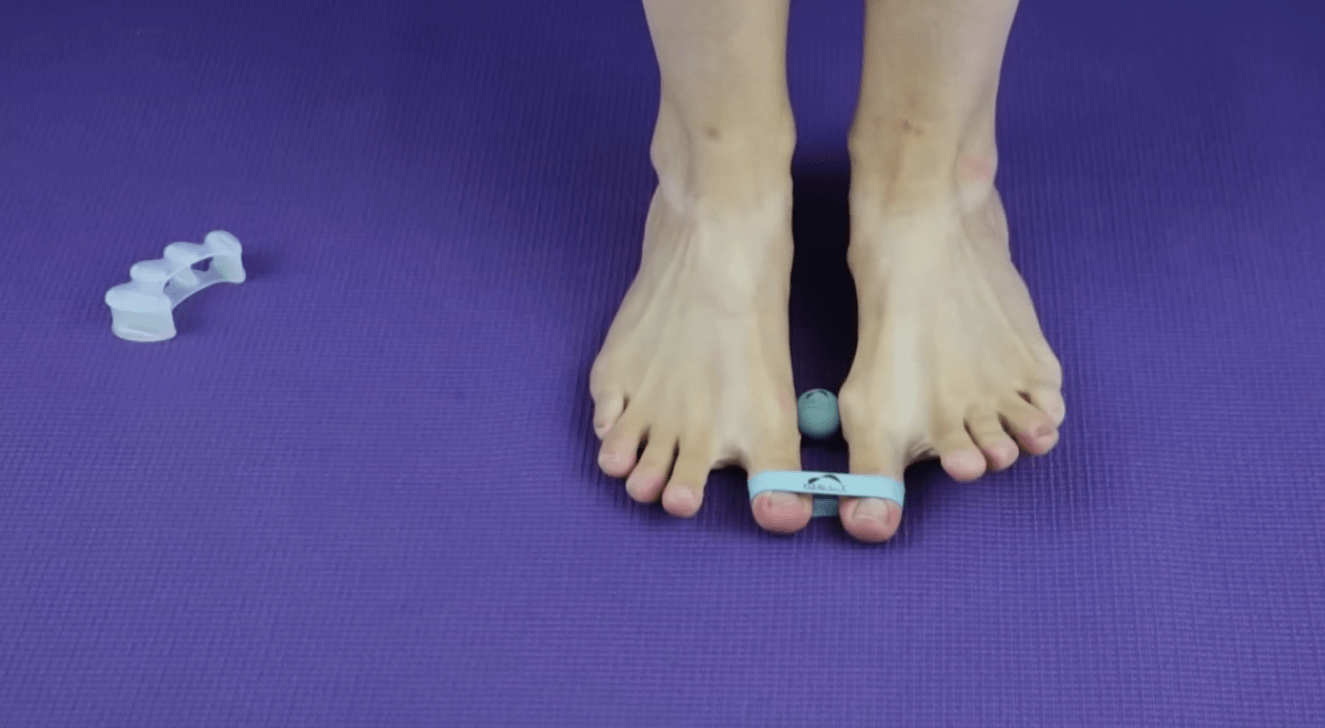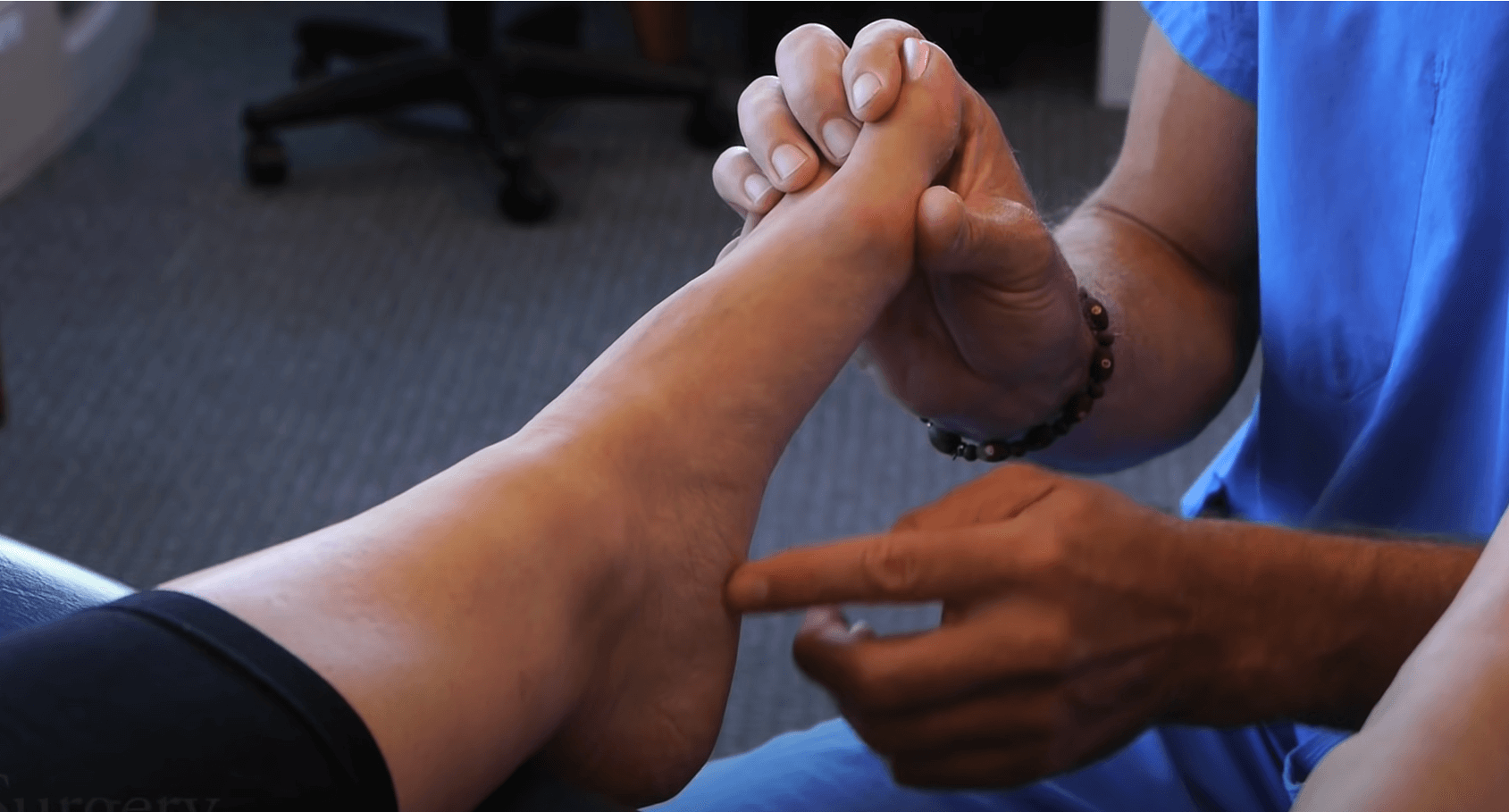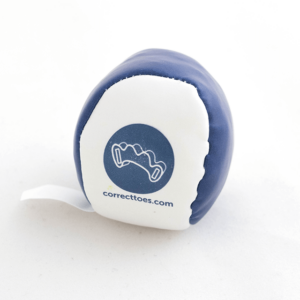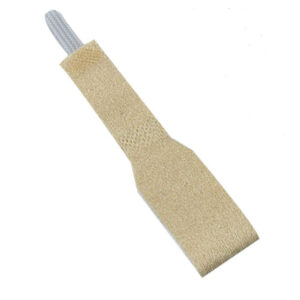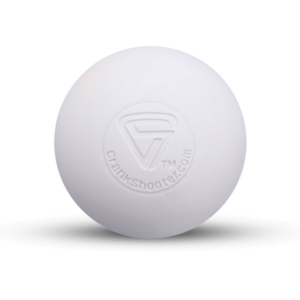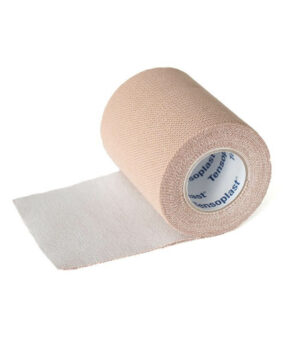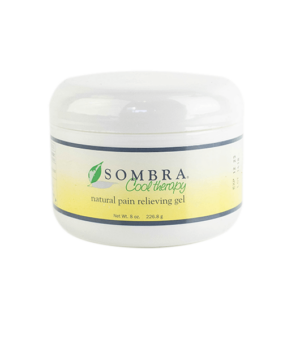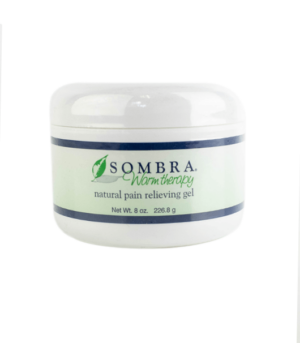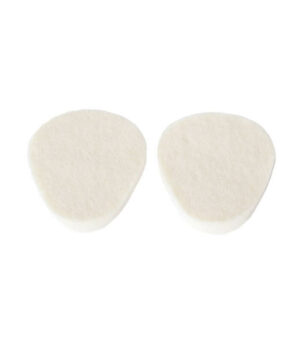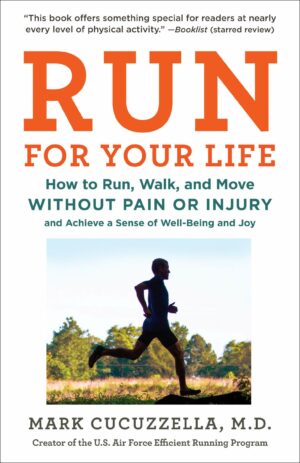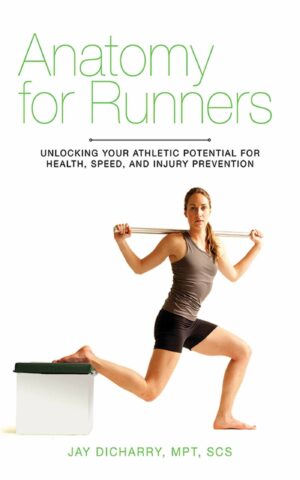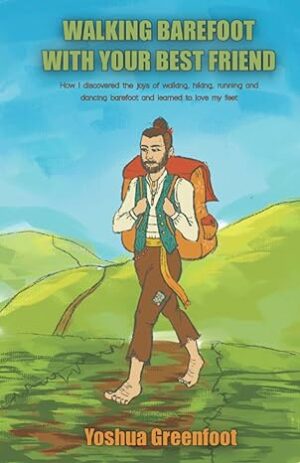Dr. Ray McClanahan was recently interviewed for an online Men’s Health article. He and the rest of the Correct Toes team are grateful for the opportunity to pass on natural foot health knowledge to Men’s Health readers.
Unfortunately, the final version of the article did not accurately depict the interview with Dr. Ray or NWFA/Correct Toes’ message. We are dedicated to providing the best possible information on foot health, and so in this post we’d like to correct some errors in the article and provide clarification.
Please find below the original article and Dr. Ray’s follow-up comments. We hope this response will eliminate any confusion and provide you with the most helpful information. Dr. Ray’s principle goal, after all, is optimal foot health for all people.
Common Foot Pains for Men — 5 Ways to Keep Your Feet Happy
Don’t let foot pain stop your life. Stop your dogs from barking with these quick tips
By Brian Dalek, March 15, 2014
Your feet allow you to do amazing things: run a marathon, jump for the rim, carry you anywhere and everywhere. So it’s a shame that you don’t pay more attention to the 26 bones and 100-plus muscles, ligaments, and tendons in each one. Nearly 75 percent of people report at least one foot ailment a year—and that’s whether you’re an athlete or not, reports research from the American Podiatric Medical Association.
To get to the bottom of guys’ most common foot problems, we turned to Ray McClanahan, D.P.M., a podiatrist based in Portland, Oregon. He breaks down the 5 top foot ailments, and the best ways to relieve the pain.
Pain: bottom of your heel
This sharp, shooting pain is typically plantar fasciitis. It comes from inflammation of a band of connective tissue—called the fascia—that extends along the bottom of your heel to the ball of your foot. Studies show that more than 40 percent of people who see podiatrists deal with heel pain like plantar, says McClanahan.
Dr. Ray: “Fascia” should say “plantar fascia,” and “plantar” should say “plantar fasciosis.”
A chronic case of fasciitis could turn into plantar fasciosis—where the tissues aren’t inflamed but actually degenerate due to repeated stress. You’ll feel the pain most after waking up or prolonged sitting.
Dr. Ray: The following statement from above is inaccurate: “A chronic case of fasciitis could turn into fasciosis.” For more information on this topic, please see our detailed description of plantar fasciosis and our video discussion.
It is true, however, that heel pain typically results from degeneration, and not inflammation.
Causes: Runners and athletes often get plantar fasciitis because of excessive training, especially if they pronate—a rolling in of the foot and ankle with each stride. But your shoes may also be a cause. Footwear with a tapered toe box forces your big toe in an extended position. This causes the muscle that controls your big toe—the hallucis—to pull your foot unnaturally, which restricts blood flow to the bottom of your foot, says McClanahan. Over time, this can lead to plantar fasciosis.
Dr. Ray: There are a several problems with the first sentence above. First, “fasciitis” is an inaccurate term. The “-itis” implies inflammation, which typically is not present in this condition. “Fasciosis” is the correct term. Second, pronation is not a cause of plantar fasciosis. Inappropriate footwear (i.e., footwear with heel elevation, toe spring, and toe box taper) is the main culprit. And third, excessive training is not, in and of itself, a principle cause of plantar fasciosis, but weight-bearing in footwear that holds your feet and toes in a deformed position is.
“The hallucis” should say “the abductor hallucis.” This is the muscle that moves the big toe away from the rest of the toes.
Pain relievers: Give yourself a massage by rolling a golf ball or frozen water bottle under your foot. This relieves the inflammation. You can also insert a metatarsal pad into your shoe, shortening the plantar fascia ligament and re-distributing pressure away from the troubled area. If your shoe has a tapered toe box, switch it for one that allows your feet to splay naturally, like the Altras.
Dr. Ray: Regarding the sentence: “This relieves the inflammation,” again, plantar fasciosis is not a condition of inflammation. The massage techniques described do indeed relieve pain, and they most likely do so by mobilizing the accumulated dead tissue in the plantar fascia, so that it can be removed by the bloodstream.
Pain: big toe
Blame the redness, soreness, and swelling on a bunion, a bony bump that forms at the base of your big toe. You’ll often notice a “bump” on the outside edge of the foot because of swelling.
Causes: Heredity can play a factor. Chances are if your father has bunions, you’ll inherit his odd foot shape and get them, too. Wearing shoes with tight toe boxes can exacerbate the problem.
Dr. Ray: It’s a common (and understandable) misconception that bunions are inherited. However, I do not believe heredity plays a direct role in bunion formation. The main cause of bunions is footwear that forces your big toe toward your second toe. Unfortunately, this applies to any shoe that has a tapering toe box. Everyone has a unique foot shape and connective tissue integrity, and certain foot shapes are more likely to be negatively impacted by tapering toe boxes than others. But the biggest problem remains the footwear, not the foot shape. For more information, please see our detailed Bunion Information article and our video discussion.
Walking, running, or exercising with poorly-fitting shoes applies pressure to the joint.
Pain relievers: Acute pain can be handled with ice and anti-inflammatories. If it’s a progressive problem, wear shoes with a wide toe box and try a toe-spacer device like Correct Toes that helps to re-align your toes.
Dr. Ray: I do not generally recommend either ice or anti-inflammatories for this condition. Wide toe box shoes in combination with Correct Toes is indeed helpful for many longstanding and progressive foot and toe problems.
You can also try a bunion stretch. Here’s how to do it: With one hand, pull your big toe away from your other toes. With your other hand, apply a deep tissue massage with your thumb on the tissues between your first and second metatarsals.
Dr. Ray: Please check out our video demonstration of this stretch.
Pain: between your toes or on the ball of your foot
If you have a stinging sensation on the bottom of your foot, as if you’re stepping on a pebble, you may have a neuroma—an enlarged growth of nerves. This is essentially a pinched nerve in your foot, and usually occurs between the third and fourth metatarsal. This spot represents the confluence of two plantar nerves joining together, and with a larger volume it’s more likely to be pinched/squeezed.
The cause: Neuromas occur from ill-fitting shoes, repeated stress, or trauma to the feet.
Pain relievers: Go with a well-cushioned shoe that has a lower heel and level platform. A metatarsal pad can help relieve pressure on the nerve, as well. “If that doesn’t work, you can ask your doctor about cortisone,” says McClanahan. This destroys the scar tissue around the affected nerve.
A simple toe extensor stretch may help, too. Do this: While seated in a chair, keep one foot flat on the floor and bring the other foot underneath the chair. Your heel should be off the floor. Now curl your toes toward the ball of your foot, and push the top side of your toes into the floor. Hold this for 20 to 30 seconds. You should feel a stretch of the extensor muscles on top of the foot. (Click here to watch McClanahan demonstrate the toe extensor stretch.)
Pain: ankle top
When walking or running, the quick pinch you feel just below where your shoelaces are tied could be your peroneal nerve—a nerve that runs down your leg and through your foot.
The cause: You may aggravate your peroneal if you tie your shoelaces wrong or your shoe’s tongue hits your ankle.
Pain reliever: Release the pressure from the nerve. “Skip the last two or three shoelace eyelets or cut off the top inch of the tongue,” says McClanahan. If this doesn’t help or it’s more than a fleeting shock of pain, see a podiatrist.
Pain: Achilles
This shooting pain above the heel and below the calf muscle is commonly tendonitis. Over time, your ankle feels less flexible.
The cause: Overuse can cause inflammation and swelling of the Achilles tendon, a strong tendon that connects your calf muscles to your heels. If you’re new to more minimal shoes, research shows that transitioning too quickly to a lower profile shoe can put strain on calf muscles. In turn, this puts a larger burden on the Achilles with each step.
Pain relievers: First and foremost, you need to rest. Ice your Achilles for 15 to 20 minutes throughout the day, and take anti-inflammatory medication like Ibuprofen. You can also use a heel lift—a shoe insert that helps absorb shock—to take pressure off your Achilles.
Dr. Ray: This treatment information for Achilles tendinitis is inaccurate. Our Achilles Tendinitis article contains our best recommendations for addressing this condition.
If you want to prevent this pain from starting in the first place, increase Achilles and calf flexibility, says McClanahan. That includes a slow transition into minimal shoes if you’re a runner, and stretching the Achilles.
Do this: Stand on the balls of your feet on a stair or a curb. Keeping your legs straight and the balls of your feet on the stair, release your heels toward the floor. Pause for 10 deep breaths. To increase the intensity of the stretch, keep one foot flat and lower the other heel. Then switch legs. Do this a couple times a week or more if you’re noticing tightness.
Dr. Ray: Please visit our website – NWFootAnkle.com – for extensive information on foot problems and natural foot health!
